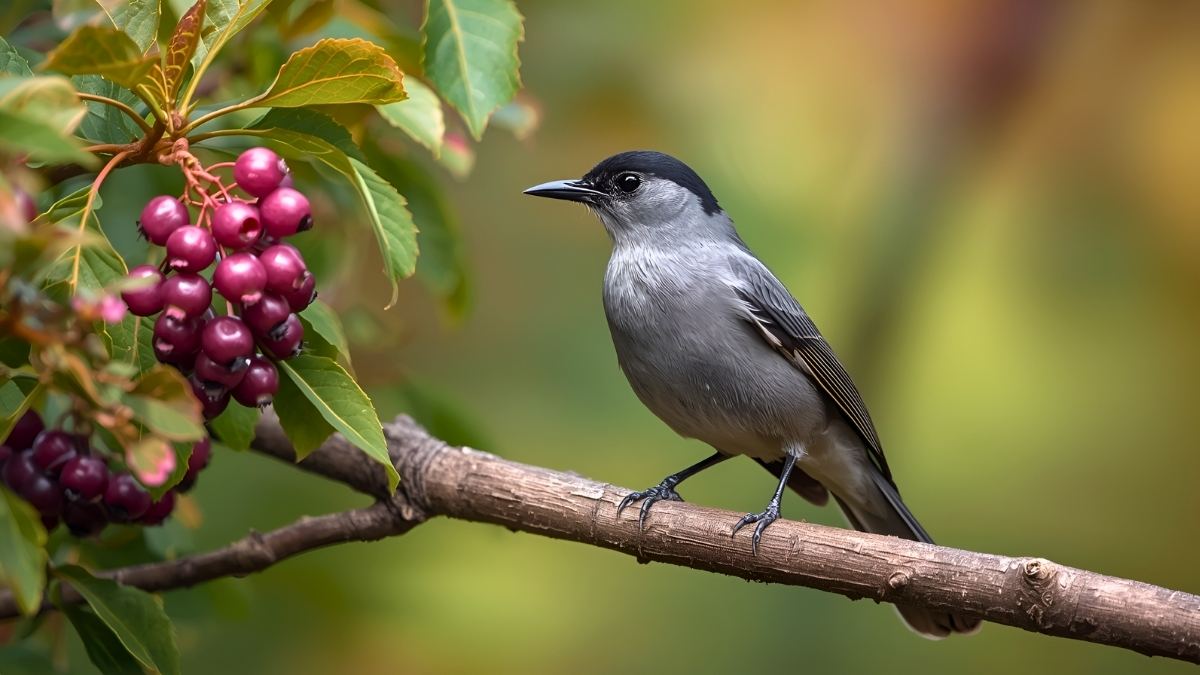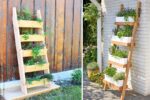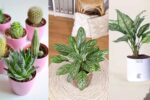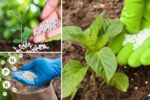Join on WhatsApp
Get the latest updates directly on WhatsApp – motivation, news & more!
Winter can seem like a quiet and dormant time in the garden, but for many birds, it is a season of survival and adaptation. By choosing the right native plants, you can transform your outdoor space into a vital refuge for local bird species during the colder months. These plants provide food, shelter, and nesting opportunities, helping birds thrive when resources are scarce. This blog post explores some of the best native plants to attract winter birds, creating a lively and beautiful garden year-round.
Why Native Plants Are Important for Winter Birds
Native plants have evolved alongside local wildlife, making them perfectly suited to support native bird species. Unlike non-native plants, they offer the right types of seeds, berries, and insects that birds depend on. In winter, when food sources dwindle, native plants become a critical resource for survival. Additionally, native shrubs and trees provide shelter from harsh weather and predators. Planting natives in your garden not only supports birds but also promotes biodiversity and a healthier ecosystem overall.
Trees That Feed and Shelter Winter Birds
One of the most important elements in a bird-friendly winter garden is the presence of native trees. Trees offer perching spots, roosting areas, and sources of food like nuts and berries.
The American holly is a classic winter favorite for birds. Its bright red berries are a vital food source for species like robins, cedar waxwings, and thrushes. The glossy, evergreen leaves also provide excellent shelter during snow and wind.
Another valuable tree is the oak. Oaks produce acorns, which many birds such as woodpeckers, jays, and chickadees eat throughout winter. Oaks also support numerous insects during the warmer months, helping to maintain a balanced food web.
Serviceberry trees are smaller but highly beneficial. Their berries last well into the colder months and are especially attractive to finches and grosbeaks. Serviceberries also provide cover in dense branches, giving birds protection from the elements.
Shrubs That Nourish and Protect Birds
In addition to trees, native shrubs are essential in winter gardens. They often produce berries later in the season when other food is scarce and offer dense branches for birds to hide.
Winterberry holly is a standout shrub for winter birds. Unlike its tree counterpart, it is deciduous but holds onto its bright red berries well into winter, providing an important food source for birds like cardinals and bluebirds.
Another great choice is the spicebush. It produces small red berries that attract thrushes and other fruit-eating birds. Its dense foliage also offers a safe haven from predators and harsh weather.
The dogwood shrub is both beautiful and functional. Many native dogwoods produce white or red berries that persist into winter, attracting species such as mockingbirds and robins. The shrub’s layered branches provide excellent perching and shelter opportunities.
Perennials and Grasses That Support Winter Birds
While trees and shrubs form the backbone of a winter bird habitat, native perennials and grasses play important supporting roles. Many grasses produce seed heads that are favored by small birds like sparrows and finches.
Little bluestem grass is a popular native grass that offers both seeds and cover. Its feathery seed heads can be a vital food source when other plants are bare. In addition, its tall stalks provide perches for small birds.
Coneflowers and black-eyed Susans are native perennials that produce seeds in late fall and winter. Birds such as goldfinches rely on these seeds to sustain themselves. Leaving the seed heads standing through winter can make a significant difference.
Goldenrod, often misunderstood as a weed, is actually a great plant for birds. It produces seeds that many birds enjoy and attracts beneficial insects during warmer months, which in turn supports insectivorous birds.
Creating a Winter Bird Sanctuary with Native Plants
To create an effective winter bird sanctuary, consider layering your plantings. Combine tall trees, medium shrubs, and low-growing perennials to provide multiple levels of shelter and feeding opportunities. This diversity mimics natural habitats and meets the needs of various bird species.
Plant clusters of the same species together to make food sources more visible and accessible. Also, avoid removing all leaf litter and dead plant material in fall; these provide shelter for insects and seeds for birds.
Water is another key factor. In winter, fresh water can be scarce, so a heated birdbath or regularly refreshed water source can greatly attract and support winter birds.
Additional Tips for Supporting Winter Birds
Avoid using pesticides and herbicides in your garden, as they can harm birds directly or reduce their insect food supply. Instead, encourage natural pest control by welcoming beneficial insects.
Provide supplemental food if possible, such as sunflower seeds, suet, or nyjer seed. However, native plants should be the foundation of your bird-friendly garden to ensure a sustainable and healthy environment.
Maintain your garden year-round with minimal disturbance during winter months. Birds need consistent refuge, so refrain from heavy pruning or garden clean-up until spring.
Conclusion
Winter is a challenging season for many birds, but your garden can become a welcoming haven by incorporating native plants that provide food and shelter. Trees like American holly and oaks, shrubs such as winterberry and spicebush, and perennials and grasses like coneflowers and little bluestem all play essential roles. By thoughtfully planting and maintaining these species, you’ll not only support local bird populations but also enjoy the beauty and vitality they bring throughout the winter months. Creating a native plant winter bird garden is a rewarding way to connect with nature and make a positive impact on your local ecosystem.




